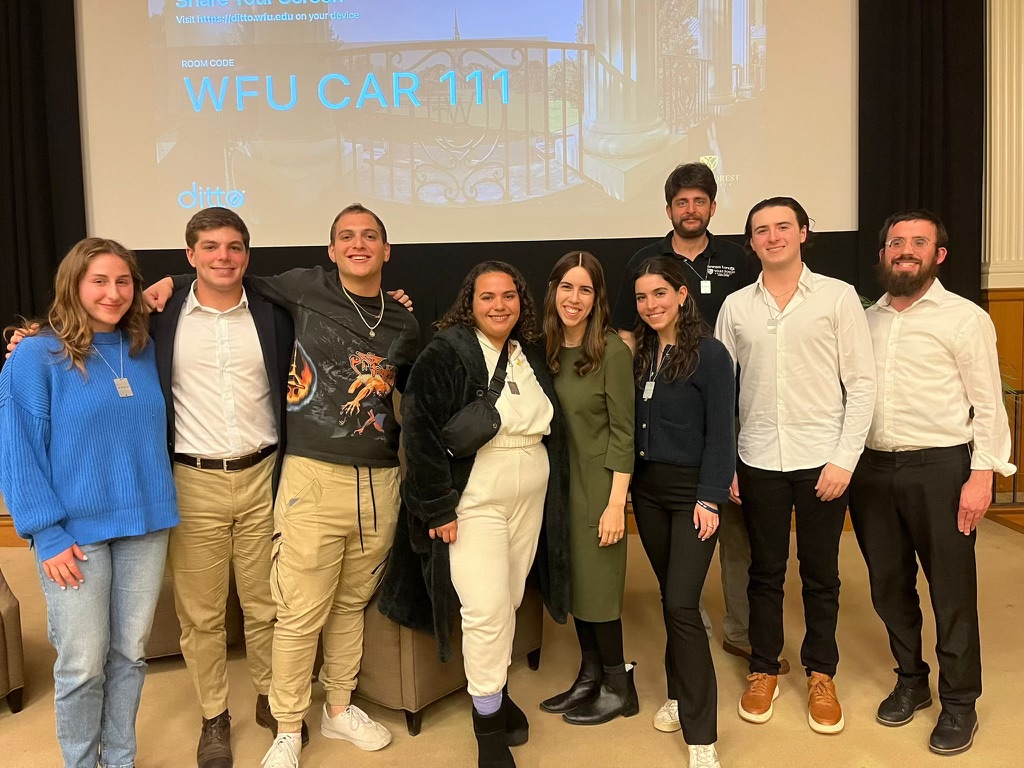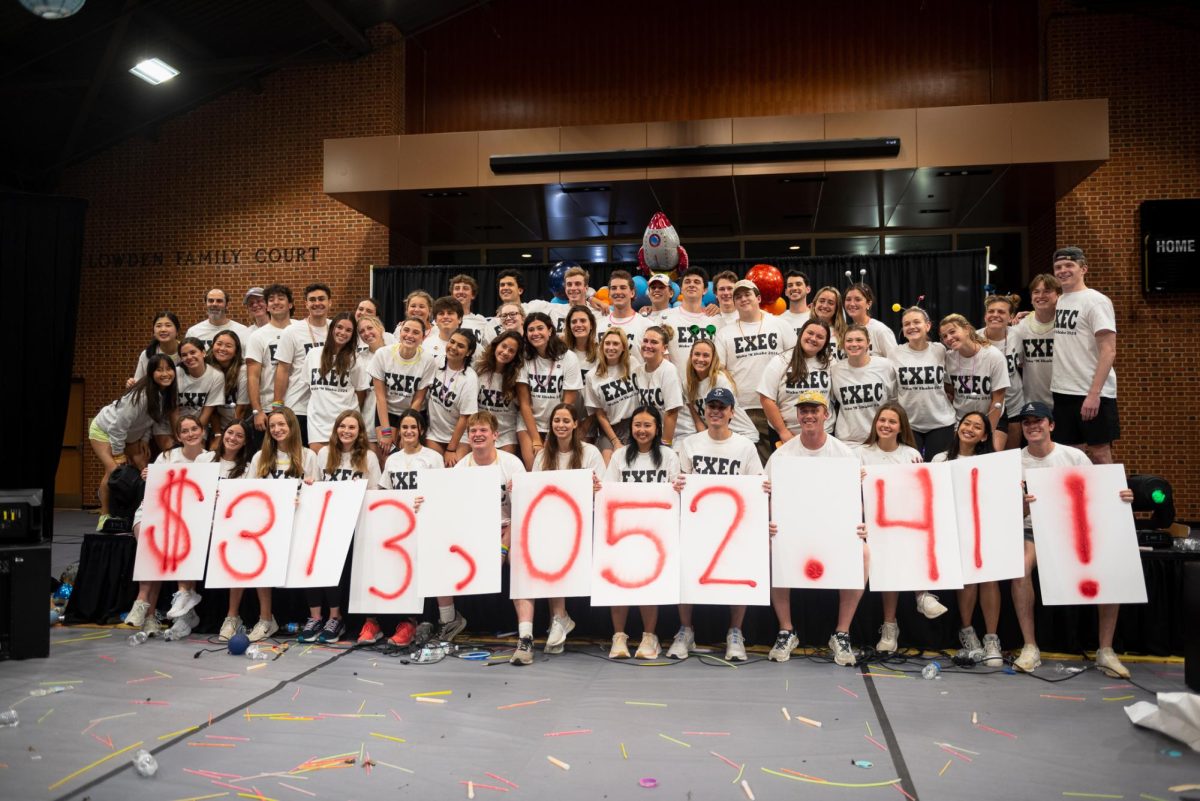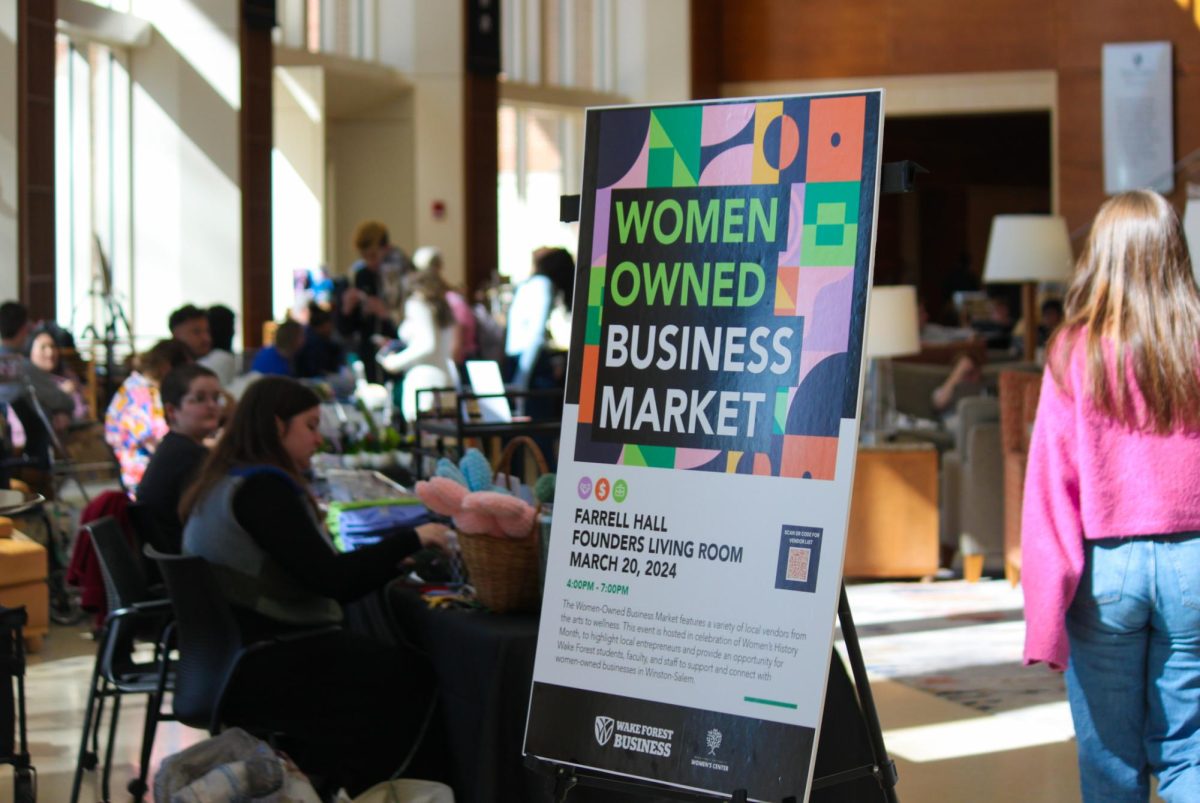While some telemarketers might gripe that ‘no one answers phone calls anymore,’ many Demon Deacons have answered the Call to Conversation over the past year through the Wake Forest Call to Conversation program, an initiative launched by the university last year to encourage a more open culture of conversation in our community.
At Call to Conversation, or C2C, events, groups of roughly 10-15 people sit down over dinner to discuss intentionally vague topics such as Leadership & Character, Home, Community, Discovery and Pro Humanitate in a Polarized Society.
Since the initiative’s first conversation event in February of 2017, the large majority of dinners have been held between adults — alumni, faculty and staff members — across the country. However, there is now an effort to give current undergraduate students the opportunity to participate, beginning with the official campus rollout this semester.
On Tuesday, Sept. 20, students, faculty and staff members from the university attended the program’s official campus kickoff event over dinner at the Graylyn Estate. The preceding weekend, there was a C2C event hosted for students as a part of the President’s Leadership Conference (PLC).
“We hope that the Call to Conversation movement reminds people of how meaningful a good conversation can be,” Melody Miller, Director of a Call to Conversation, said. “The beauty of Call to Conversation is that regardless of age or background we all seem to desire deeper relationships and a stronger community. [Tuesday] night, participants seemed fulfilled by the opportunity to engage with each other on a meaningful level.”
Tuesday’s topic was Discovery, and participants were asked to come with a salient memory from grade school in mind and to have reflected on what made that memory stand out.
“Some may be thinking that these types of discussions are nothing more than a sea of bloviating that will lead nowhere; I thought this at first too. But honestly, that couldn’t be further from the truth,” said junior Walter Jackson, who attended both PLC and Tuesday’s dinners. “The purpose of the conversation was not to feel the pressure of having to solve any community or world problems, but more of encouraging the exchange of ideas and experiences amongst each other, as well as spurring a sense of self reflection and questioning, which is necessary for any of us to mentally and spiritually grow.”
Topics are chosen by the C2C committee, and are sometimes suggested by conversation hosts, moderators and past participants.
“The topic that seems to generate the most meaningful conversation has been Leadership and Character,” Miller said. “We test new topics and prompts periodically.”
The committee seems to take feedback from participants very seriously, asking each person to write a card at the end of the dinner expressing their thoughts on the experience.
When the idea was still very new, students took part in the first five C2C events on campus, and their feedback was used to shape the program from the very start.
“We have a committee comprised of faculty, staff, and students that span from A to Z, literally from Athletics to ZSR, as well as partners from departments such as English, Office of Diversity and Inclusion, Provost’s Office, Residence Life & Housing and more,” said Andrea Ellis, who is the Assistant Vice President for Innovation and has largely led the campus rollout of C2C. “The student voice at the table has been critical as they help envision the possibilities and anticipate roadblocks from their perspectives.”
In August the Wall Street Journal mentioned Wake Forest’s C2C program in an article titled “New Topic on Campus: Civil Discourse 101” which focused on the importance of open dialogue on college campuses.
Although many of the events have not included students so far, the undergraduate response to the campus rollout has put pressure on the C2C coordinators to host many more events throughout the rest of this academic year, with the hope that they will get over 1,000 undergraduate students to participate by the end of the spring semester.
“The biggest challenge we are having right now is most of the conversations leave people wanting more,” Ellis said. “That is an exciting challenge that will take students to help solve. If it is working well and students are enjoying it, how can we grow the program for an even bigger impact?”
Although the campaign hoped to use the week of Sept. 10 to largely market itself around campus, they decided to hold off because of Hurricane Florence, and plan to advertise the campus launch next week with laptop stickers, emails, banners, social media and yard signs.
“We live in an age marked by polarization, technological isolation and social fragmentation,” Miller said. “These issues can only be solved if we trust each other, and to trust each other requires us to understand each other. Understanding issues and points of a debate is much easier than understanding each other at a human level.”
When asked what the future of the program looked like, Miller said, “Whether this particular program is around in a few years is less important than reinvigorating the art of conversation on campus as well as among alumni and parents.” However, she expressed that the biggest challenge has been “accommodating everyone who wants to participate” and looks forward to planning more events over the next year.













